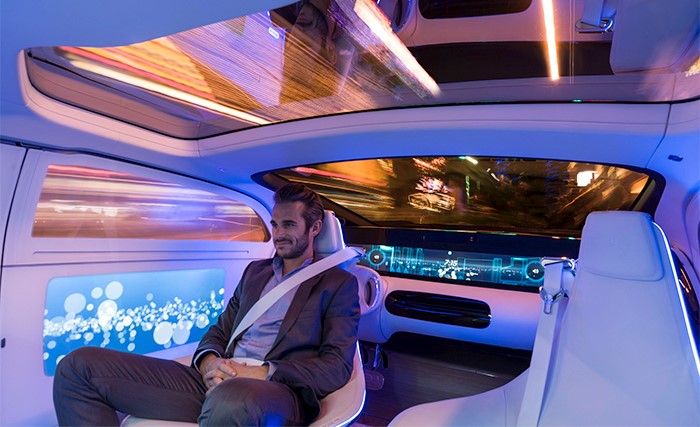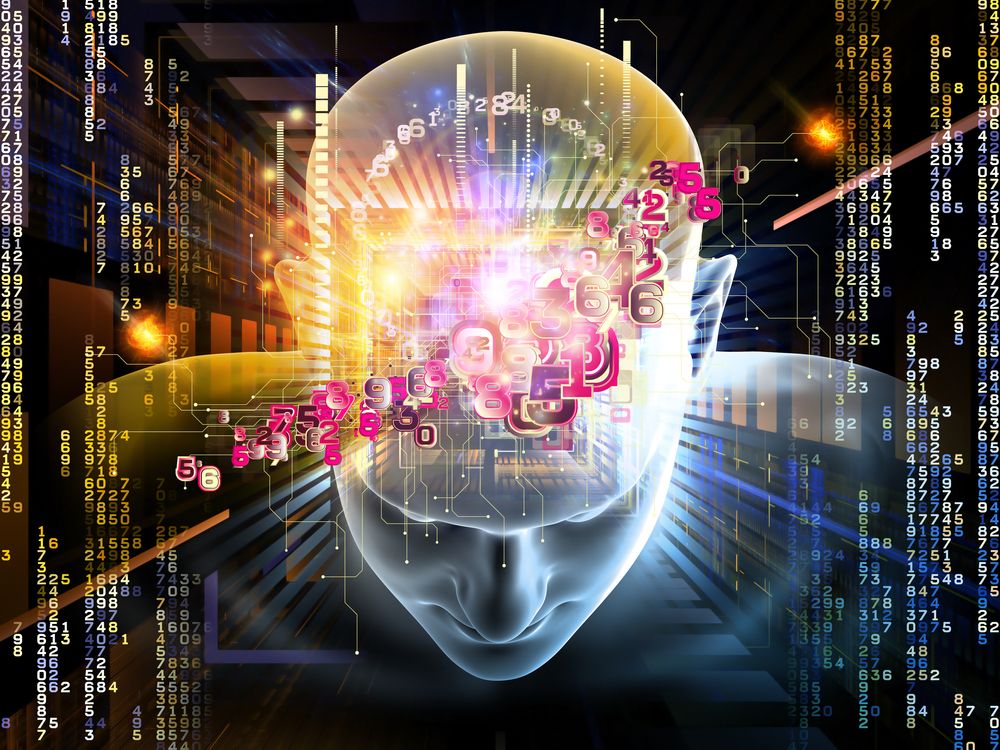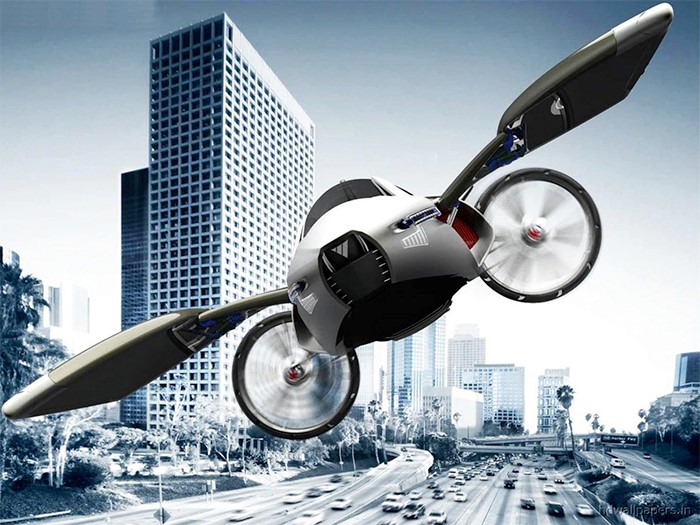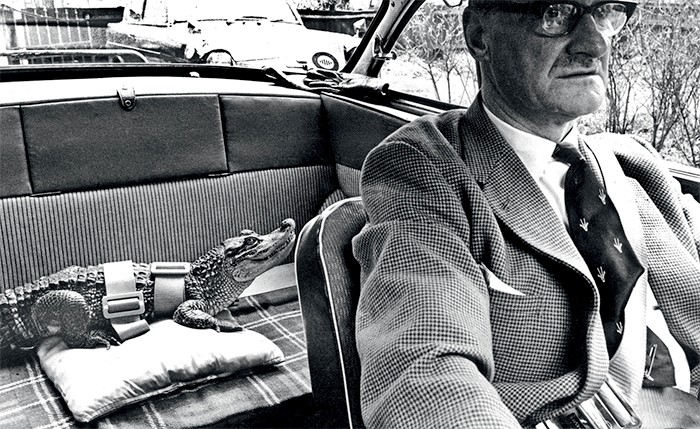72 stunning things that will be common in 10 years
A few key technologies have paved the way for huge new industries
Thomas Frey //August 18, 2016//


72 stunning things that will be common in 10 years
A few key technologies have paved the way for huge new industries
Thomas Frey //August 18, 2016//

How many things do we own, that are common today, that didn’t exist 10 years ago? The list is probably longer than you think.
Since the iPhone came out in 2007, we didn’t have smartphones with mobile apps, decent phone cameras for photos and videos, mobile maps, mobile weather or even mobile shopping.
None of the mobile apps we use today existed 10 years ago: Twitter, Facebook, Youtube, Instagram, Snapchat, Uber, Facetime, LinkedIn, Lyft, Whatsapp, Netflix, Pandora or Pokemon Go.
Several major companies didn’t exist a decade ago. Airbnb, Tinder, Fitbit, Spotify, Dropbox, Quora, Tumblr, Kickstarter, Hulu, Pinterest, Buzzfeed, Indigogo, Udacity and Jet.com.
Ten years ago, very few people were talking about crowdfunding, the sharing economy, social media marketing, search engine optimization, app developers, cloud storage, data mining, mobile gaming, gesture controls, chatbots, data analytics, virtual reality, 3D printers and drone delivery.
At the same time, we are seeing the decline of many of the things that were in common use 10 to 20 years ago. Fax machines, wired phones, taxi drivers, newspapers, desktop computers, video cameras, camera film, VCRs, DVD players, record players, typewriters, yellow pages, video rental shops and printed maps have all seen their industry peak and are facing dwindling markets.
If we leapfrog ahead 10 years and take notice of the radically different lives we will be living, we will notice how a few key technologies paved the way for massive new industries.
Here is a glimpse of a stunningly different future that will come into view over the next decade.

All of the items that were replaced with smartphones!
3D Printing
Also known as additive manufacturing, 3D printing has already begun to enter our lives in major ways. In the future 3D printers will be even more common than paper printers are today.
- 3D printed makeup for women. Just insert a person’s face and the machine will be programmed to apply the exact makeup pattern requested by the user.
- 3D printed replacement teeth, printed inside the mouth.
- Swarmbot printing systems will be used to produce large buildings and physical structures, working 24/7 until they’re completed.
- Scan and print custom designed clothing at retail clothing stores.
- Scan and print custom designed shoes at specialty shoe stores.
- Expectant mothers will request 3D printed models of their unborn baby.
- Police departments will produce 3D printed “mug shots” and “shapies” generated from a person’s DNA.
- Trash that is sorted and cleaned and turned into material that can be 3D printed.

How long before you own the next generation VR headset?
Virtual/Augmented Reality
The VR/AR world is set to explode around us as headsets and glasses drop in price so they’re affordable for most consumers. At the same time, game designers and “experience” producers are racing to create the first “killer apps” in this emerging industry.
- Theme park rides that mix physical rides with VR experiences.
- Live broadcasts of major league sports games (football, soccer, hockey, and more) in Virtual Reality.
- Full-length VR movies.
- Physical and psychological therapy done through VR.
- Physical drone racing done through VR headsets.
- VR speed dating sites.
- For education and training, we will see a growing number of modules done in both virtual and augmented reality.
- VR and AR tours will be commonly used in the sale of future real estate.
Flying/Driving Drones
Drones are quickly transitioning from hobbyist toys to sophisticated business tools very quickly. They will touch our lives in thousands of different ways.
- Fireworks dropped from drones. Our ability to “ignite and drop” fireworks from the sky will dramatically change both how they’re made and the artistry used to display them.
- Concert swarms that produces a spatial cacophony of sound coming from 1,000 speaker drones simultaneously.
- Banner-pulling drones. Old school advertising brought closer to earth.
- Bird frightening drones for crops like sunflowers where birds can destroy an entire field in a matter of hours.
- Livestock monitoring drones for tracking cows, sheep, geese, and more.
- Three-dimensional treasure hunts done with drones.
- Prankster Drones – Send random stuff to random people and video their reactions.
- Entertainment drones (with projectors) that fly in and perform unusual forms of live comedy and entertainment.

Our driverless future is coming!
Driverless Cars/Transportation
Driverless technology will change transportation more significantly than the invention of the automobile itself.
- Queuing stations for driverless cars as a replacement for a dwindling number of parking lots.
- Crash-proof cars. Volvo already says their cars will be crash-proof before 2020.
- Driverless car hailing apps. Much like signaling Uber and Lyft, only without the drivers.
- Large fleet ownership of driverless cars (some companies will own millions of driverless cars).
- Electric cars will routinely win major races like the Daytona 500, Monaco Grand Prix, and the Indy 500.
- In-car work and entertainment systems to keep people busy and entertained as a driverless car takes them to their destination.
- In-car advertising. This will be a delicate balance between offsetting the cost of operation and being too annoying for the passengers.
- Electric car charging in less than 5 minutes.
Internet of Things
The Internet of things is the network of physical devices, vehicles, and buildings embedded with electronics, software, sensors, and actuators designed to communicate with users as well as other devices. We are currently experiencing exponential growth in IoT devices as billions of new ones come online every year.
- Smart chairs, smart beds, and smart pillows that will self-adjust to minimize pressure points and optimize comfort.
- Sensor-laced clothing
- “Print and Pin” payment systems that uses a biometric mark (fingerprint) plus a pin number.
- Smart plates, bowls and cups to keep track of what we eat and drink.
- Smart trashcan that will signal for a trash truck when they’re full.
- Ownership networks. As we learn to track the location of everything we own, we will also track the changing value of each item to create a complete ownership network.
- Self-retrieving shoes where you call them by name, through your smartphone, and your shoes will come to you.
- Smart mailboxes that let you know when mail has arrived and how important it is.

Full-body physical health scanner!
Health Tech
Even though healthcare is a bloated and bureaucratic industry, innovative entrepreneurs are on the verge of disrupting this entire industry.
- Hyper-personalized precision-based pharmaceuticals produced by 3D pill printers.
- Ingestible data collectors, filled with sensors, to give a daily internal health scan and report.
- Prosthetic limbs controlled by AI.
- Real-time blood scanners.
- Peer-to-peer health insurance.
- Facetime-like checkups without needing a doctor’s appointment.
- Full-body physical health scanners offering instant AI medical diagnosis, located in most pharmacies
- Intraoral cameras for smartphones for DYI dental checkups.

The future of computers is the mind!
Artificial Intelligence
Much like hot and cold running water, we will soon be able to “pipe-in” artificial intelligence to any existing digital system.
- Best selling biographies written by artificial intelligence.
- Legal documents written by artificial intelligence.
- AI-menu selection, based on diet, for both restaurants and at home.
- Full body pet scanners with instant AI medical diagnosis.
- AI selection of movies and television shows based on moods, ratings, and personal preferences.
- Much like the last item, AI music selection will be based on moods, ratings, and musical tastes.
- AI sleep-optimizers will control all of the environmental factors – heat, light, sound, oxygen levels, smells, positioning, vibration levels, and more.
- AI hackers. Sooner or later someone will figure out how to use even our best AI technology for all the wrong purposes.

Unmanned aviation is coming!
Transportation
Future transportation will come in many forms ranging from locomotion on an individual level to ultra high-speed tube transportation on a far grander scale.
- Unmanned aviation – personal drone transportation.
- 360-degree video transportation monitoring cameras at most intersections in major cities throughout the world.
- Everywhere wireless. With highflying solar powered drones, CubeSats, and Google’s Project Loon, wireless Internet connections will soon be everywhere.
- Black boxes for drones to record information in the event of an accident.
- Air-breathing hypersonic propulsion for commercial aircraft. Fast is never fast enough.
- Robotic follow-behind-you luggage, to make airline travel easier.
- Robotic dog walkers and robotic people walkers.
- Ultra high-speed tube transportation. As we look closely at the advances over the past couple decades, it’s easy to see that we are on the precipices of a dramatic breakthrough in ultra high-speed transportation. Businesses are demanding it. People are demanding it. And the only thing lacking is a few people capable of mustering the political will to make it happen.
Miscellaneous
As I began assembling this list, a number of items didn’t fit well in other categories.
- Bitcoin loans for houses, cars, business equipment and more.
- Self-filling water bottles with built-in atmospheric water harvesters.
- Reputation networks. With the proliferation of personal information on websites and in databases throughout the Internet, reputation networks will be designed to monitor, alert, and repair individual reputations.
- Atmospheric energy harvesters. Our atmosphere is filled with both ambient and concentrated forms of energy ranging from sunlight to lightening bolts that can be both collected and stored.
- Pet education centers, such as boarding schools for dogs and horses, to improve an animal’s IQ.
- Robotic bricklayers. With several early prototypes already operational, these will become common over the next decade.
- Privacy bill of rights. Privacy has become an increasingly complicated topic, but one that is foundational to our existence on planet earth.
- Hot new buzzword, “Megaprojects.”

The safer we feel, the more risks we take!
Final Thoughts
There’s a phenomenon called the Peltzman Effect, named after Dr. Sam Peltzman, a renowned professor of economics from the University of Chicago Business School, who studied auto accidents.
He found that when you introduce more safety features like seatbelts into cars, the number of fatalities and injuries doesn’t drop. The reason is that people compensate for it. When we have a safety net in place, people will take more risks.
That probably is true with other areas as well.
As life becomes easier, we take risks with our time. As our financial worries are met, we begin thinking about becoming an entrepreneur, inventor, or artist. When life becomes too routine, we search for ways to introduce chaos.
Even though we see reports that billions of jobs will disappear over the coming decades, we will never run out of work.
We were never meant to live cushy lives of luxury. We need risk and chaos to be part of our daily struggle. While we work hard to eliminate it, we will always find new ways to bring it back.
We’re working towards a better world ahead, but only marginally better. That’s where we do our best work.


























